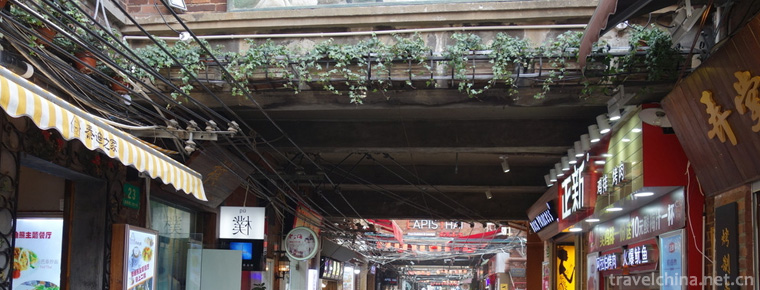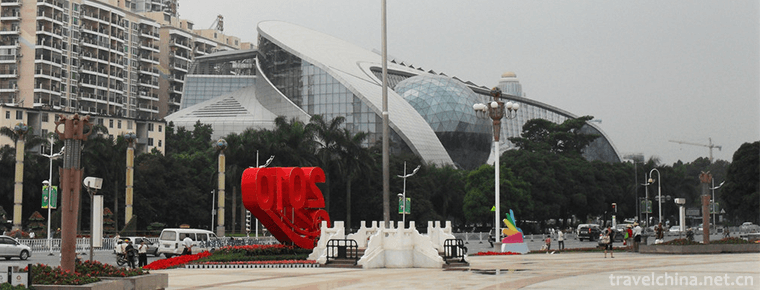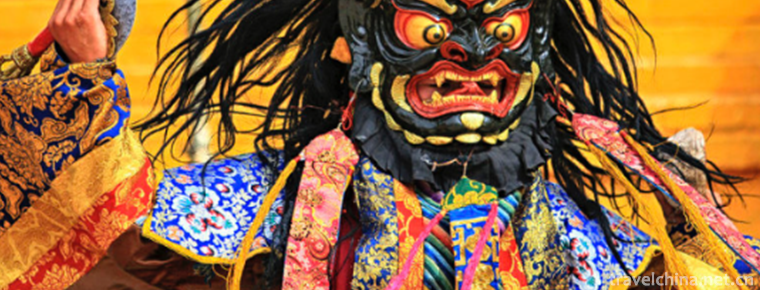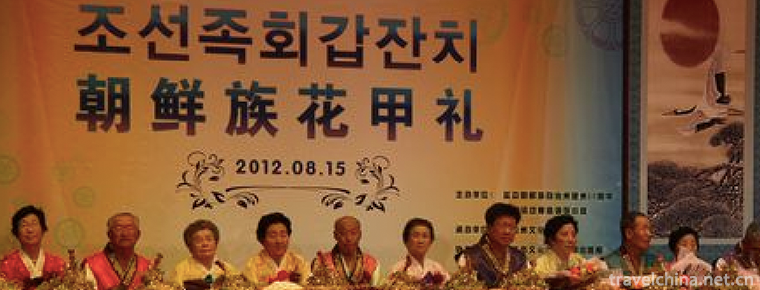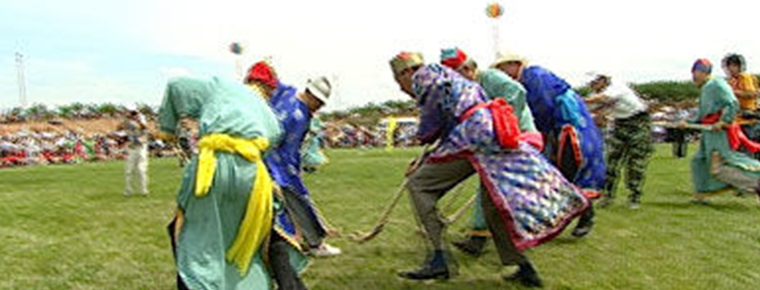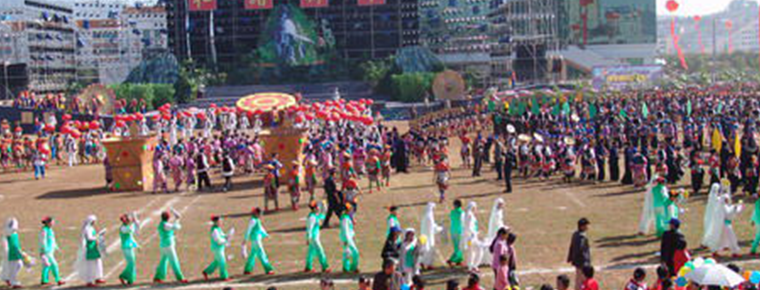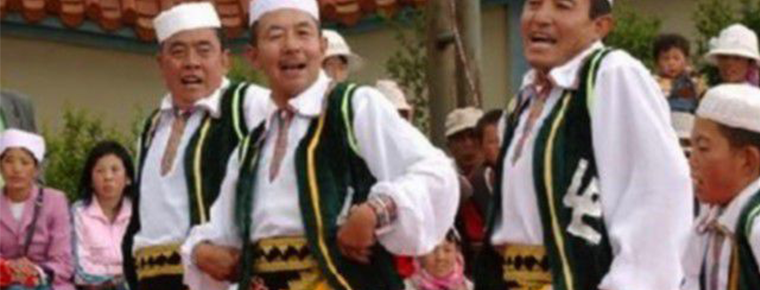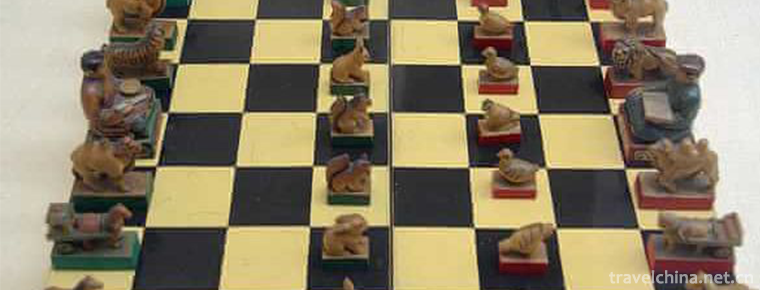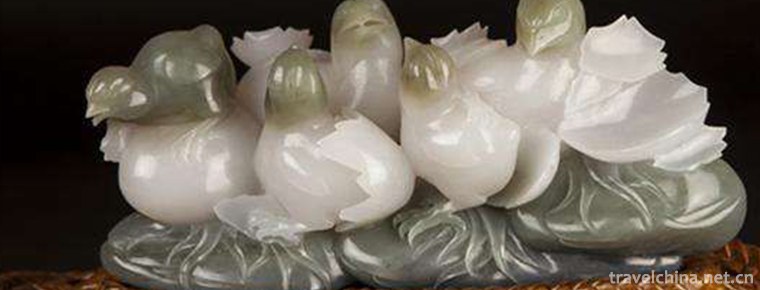Black Tea Production Techniques
Black Tea Production Techniques
Black tea, originally known as "Border Tea", was smuggled across the border by merchants as early as the end of the 16th century. In the Ming Dynasty, black tea was designated as "official tea" and sold exclusively to the northwest of Shaanxi, Gansu, Qinghai, Xin, Ning and Tibetan minority areas, so it was also called "edge (selling) tea". Black tea is one of the six major types of tea, and it is also a special kind of tea in our country. It has a long history of production, a vast production area, a large sales volume and many varieties. The output accounts for about a quarter of the total tea production in China, mainly for border sales, partly for domestic sales and a small amount for overseas Chinese sales. Historically, tea merchants trafficked Anhua black tea to Tibet, Xinjiang and other places through the ancient tea-horse road.
In 2008, black tea production technology was approved by the State Council and listed in the second batch of national intangible cultural heritage list, including the production technology of Fuqian tea in Yiyang City, the production technology of thousand-two tea in Anhua County and the production technology of South roadside tea in Ya'an City, Sichuan Province. Sichuan Ya'an Friendship Tea Co., Ltd. (Black Tea Making Techniques, South Road Tea Making Techniques) was selected as the first national demonstration base for the productive protection of intangible cultural heritage. In 2012, Gan Yuxiang was named the national representative successor of black tea production technology.
History
Xiaguantuo Pu'er tea is pressed tightly. Its concave surface looks like a small thick-walled bowl, and its convex surface looks like a small round bread. Its appearance is exquisite and its curve is exquisite. Its processing process originated from "Pu'er Tea" in Ming Dynasty and "Daughter Tea" in Qing Dynasty. It was successfully finalized by "Yongchangxiang" in Xiaguan in 1902 and has a history of more than 100 years.
Tracing back to the origin of Xiaguantuo tea can be seen from historical records. In Volume 3 of Metabolism of Zhaozhe in the Ming Dynasty, Yunnan Lue, there is a record of "all the common people used tea, steamed and duanzhi", which shows that Puer Duanzhi tea was produced at that time. Ruan Fu of the Qing Dynasty "Pu'er Tea Records" contains: "The small and nursery name of daughter tea, daughter tea is taken by women before the rain, that is, quadruple reunion tea. The Qing Dynasty's Zhang Hong's Xinyu in Western Yunnan also said, "The treasures of popular tea are the names of Maojian, Bud Tea and Daughter. Daughter tea is also a kind of bud tea, all of which are collected by women of different nationalities. The money is accumulated as makeup, so it is named. From the historical data of the Qing Dynasty, we can see the various characteristics of Daughter Tea: (1) picking time of fresh leaves (before rain); _weight (four or two weights, about 125 grams); 3) shape (group tea); 4) raw materials for making loose tea (bud tea, second only to Maojian's precious Pu'er tea); 5) the origin of the name (after the girl sells this high-grade Pu'er Tea, she accumulates private house money for purchasing the marriage at the time of marriage. Makeup. From this we can see that by the Qing Dynasty, there were more prototypes of Xiaguantuo tea processing.
The quantity of Xiaguantuo tea is similar to that of "moon cakes" group tea, which was produced by private tea shops in Jinggu County. It was sold in 1900 and made in Xiaguan, also known as "Jingguan tea". The original shape of "Yongchangxiang" Xiaguan Tea Factory has been improved. It not only absorbs the compactness and convenience of transportation of "moon cake" tea, but also fully considers the prevention of endogenous mildew caused by excessive thickness of tea, as well as the factors of post-fermentation during transportation and storage. The biggest design feature of this small bowl-shaped Xiaguantuo tea is that it can increase the surface area as much as possible in the limited space. Such exquisite design not only ensures the good air permeability of compacted tea, prevents excessive thickness of tea garden and endogenous mildew, but also increases the contact between the concave and convex surface of tea and air, effectively promotes its slow aerobic natural fermentation process, which is very beneficial to the post-fermentation of raw tea, and can make it long-term storage and lasting treasure. This classic innovative design was completed in 1902. It not only upholds the tradition, but also enlightens the future. It has a far-reaching impact on the reputation of Tuotuo Tea in Yunnan in the future at home and abroad.
The founder of Xiaguantuo Tea is Yan Zizhen (Zhengui), the head of the "four major commercial groups" in Xizhou, Dali. He established the "Yongchangxiang" business name in 1902 by joint venture with Peng Yongchang, a businessman from Jiangxi Province, and Yang Hongchun, a businessman from Beicheng City. In our country, we mainly do Yunnan and Tibet. Yunnan-Sichuan trade mainly deals with Yunnan-Myanmar and Yunnan-India trade abroad. Its business principles are: Yunnan tea sold in Sichuan and Tibet; Sichuan silk sold in Myanmar; Myanmar cotton sold in Yunnan; Yunnan Tibetan medicine sold in Sichuan. It mainly relies on long-distance trafficking and profits from the redeployment of surplus and deficiency.
Once Yongchangxiang's Xiaguantuo tea came out, it soon opened up its market in Yunnan, Sichuan, Tibet and other places. Other businessmen saw great profits in Tuotuo tea and invested in it. Xiaguan became a big battlefield for businessmen to compete for Tuotuo tea. Before the end of the Anti-Japanese War, there were eighteen tea factories in Xiaguan, including Yongchangxiang, Maoheng, Fuchunhe, Chengsheng and Hongshengxiang. In the fierce market competition, Yongchangxiang fought steadily in the business war, and made great efforts to defeat all the heroes. The "Songhe Brand" Tuotuo Tea not only attaches great importance to quality, but also has novel promotion and anti-counterfeiting methods. For example, in a certain batch of Tuotuo tea, we can find Tuotuo tea with a golden ribbon marked with a trademark. For every ten ribbons accumulated by customers, we can exchange one kilogram of tea at the distribution store.

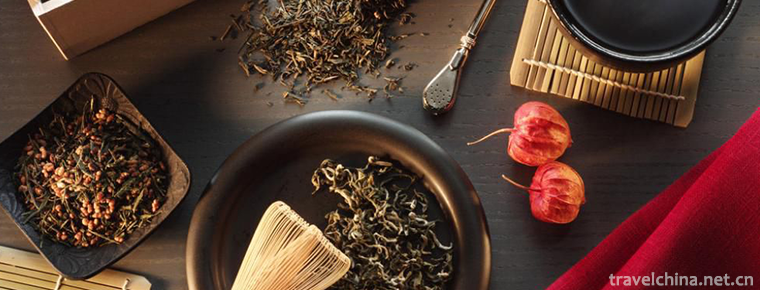
-
Tianzifang
Tianzifang is located in lane 210, Taikang Road, Shanghai, China.
Views: 174 Time 2018-10-12 -
Guangxi Science and Technology Museum
Guangxi Science and Technology Museum is located in Nanning National Avenue. It was established in March 2006 and started construction in December. It covers an area of 14655 square meters.
Views: 352 Time 2019-01-13 -
Tibetan drama
The Tibetan name of Tibetan opera is "Aguiram", which means "fairy sisters". According to legend, Tibetan opera was first performed by seven sisters. The content of the opera is mo.
Views: 135 Time 2019-04-05 -
Korean Huajiali
The flower armor ceremony of the Korean nationality is one of the important rituals of the Korean nationality's birthday ceremony. Since ancient times, the Korean people have regarded respecting the e.
Views: 275 Time 2019-04-16 -
Daur traditional Hockey
Daur's traditional hockey sport is called "Bei Kuo Taj Ke Bei" in Daur language. Bei Kuo refers to a bat. The Daur bat is made by grinding oak wood with curved roots and straight branches. I.
Views: 119 Time 2019-04-22 -
Dai nationality Zhang ha
Dai Zhangha, also known as "Zanha", is a traditional form of Dai folk song, which is spread in Xishuangbanna Dai Autonomous Prefecture in the southern border of Yunnan Province and Dai villa.
Views: 115 Time 2019-04-24 -
Construction Skills of Russian Nationality Residences
Historically, Tacheng once had the reputation of "Oriental Moscow", which is by no means a historical accident. It has a close relationship with the border trade in the past 150 years.
Views: 344 Time 2019-04-28 -
Hui Banquet Song
The Hui banquet song is one of the folk songs sung by the Hui people at weddings, festivals and Islamic festivals. Also known as "Family Music" and "Vegetable Music"..
Views: 351 Time 2019-05-04 -
Jieshou Book Club
The first book of the world will be a national list of intangible cultural heritage. Miaohu Book Club in Jieshou City is a unique bonsai project in its culture and art..
Views: 111 Time 2019-05-06 -
Shatar Mongolian chess
Mongolian chess is a popular folk sports game in Inner Mongolia. Generally speaking, there are two types of Mongolian chess, one is Shatar with 8 x 8 squares on the chessboard, the other is Hayashatar.
Views: 189 Time 2019-06-03 -
Jade Carving in Yangzhou
Yangzhou has a long history of jade carving. Jade carving in Yangzhou reached a new peak in the Tang Dynasty, and carving and striping appeared in the Song Dynasty. During the Qianlong reign of the Qi.
Views: 95 Time 2019-07-10 -
Red Army ferry scenic spot in Cangxi County
Cangxi Red Army ferry is located in Cangxi County, Sichuan Province. There is an ancient ferry by the Jialing River in Tashan Bay 3 km southeast of Cangxi city. Close to the mountain and by the water, the terrain is very dangerous, the rocks are steep, and the trees are green. Jialing River from north to south, beautiful scenery..
Views: 305 Time 2020-11-08
